Archives
- July 2023
- June 2023
- May 2023
- April 2023
- March 2023
- February 2023
- January 2023
- December 2022
- November 2022
- October 2022
- September 2022
- May 2022
- April 2022
- March 2022
- February 2022
- January 2022
- November 2021
- October 2021
- March 2021
- July 2020
- May 2020
- April 2020
- March 2020
- December 2019
- October 2019
- September 2019
- June 2019
- May 2019
- April 2019
- September 2018
- June 2018
An Introduction to Drone Photogrammetry
Table of Contents
- What is photogrammetry?
- A beginner’s glossary of photogrammetry terms and concepts
- Photogrammetry basics: How does photogrammetry work?
- Achieving clarity: image capture and building a drone flight plan
- How is resolution defined in photogrammetry?
- Real-world applications for photogrammetry
- Get to know your photogrammetry software
- Where do we go from here?
What is photogrammetry?
A beginner’s glossary of photogrammetry terms and concepts

What is an orthophoto or orthoimage?
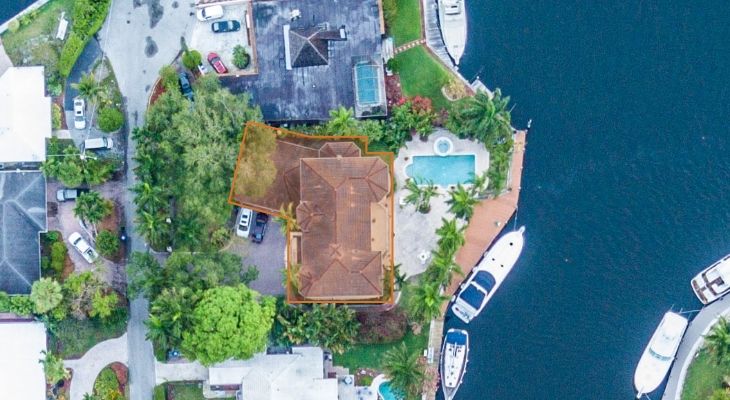
What is an orthomosaic map?
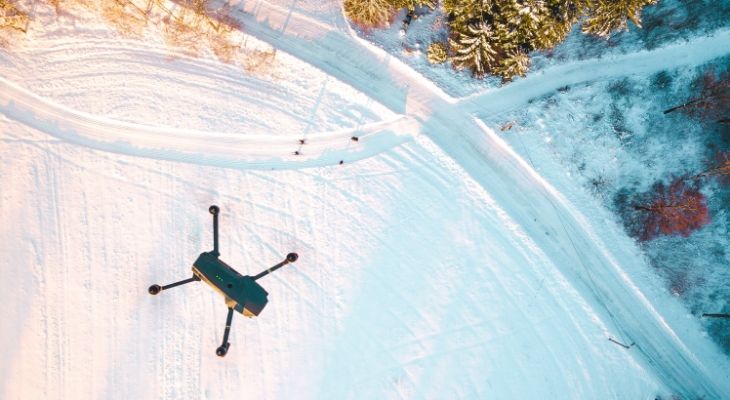
What is remote sensing?
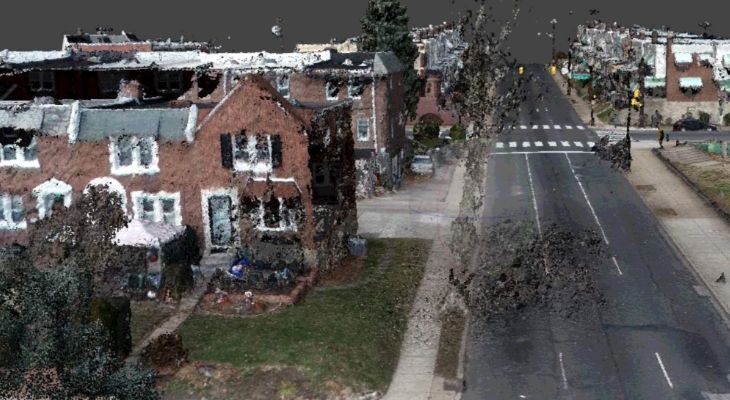
What is Structure from Motion (SfM)?
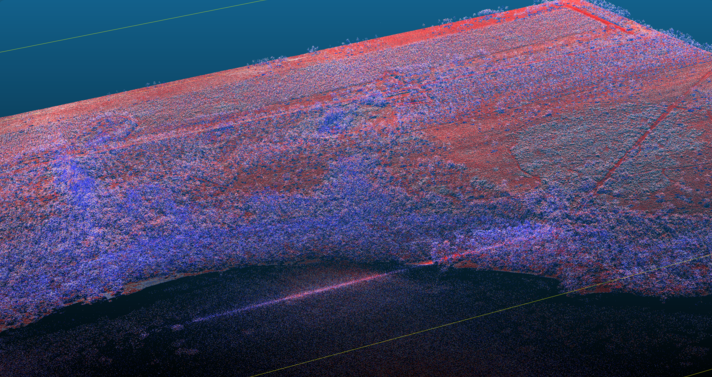
What is a geographic information system (GIS)?
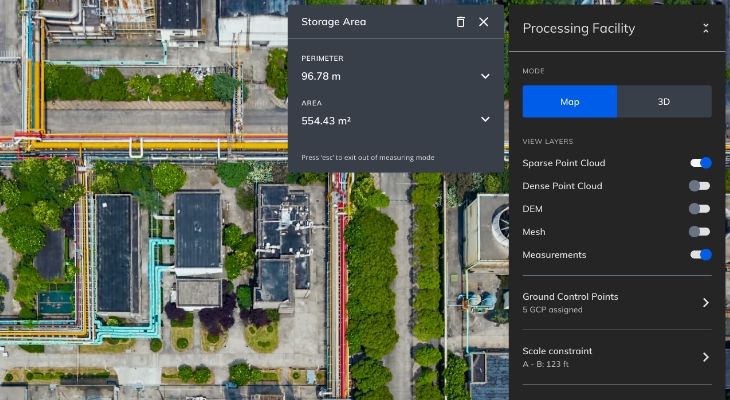
What is metadata?
- GPS coordinates
- Time/date
- Focal length
- Resolution settings
- Atmospheric conditions
- And more
What is the difference between 3D mapping and 3D modeling?
There’s a lot of overlap between these two technologies. 3D mapping creates an orthomosaic map that has the texture and visual dimension of a 3D model but remains a fundamentally two-dimensional document.
3D modeling introduces depth to the 3D photogrammetry equation by creating composite images with height as well. This added dimension allows the user to view structures and environmental features from multiple angles.
For example, 3D real estate models allow you to “walk through” or do a fly-by on the property to see different “sides” of a home or landscape by clicking different perspectives on the map.
Photogrammetry basics: How does photogrammetry work?
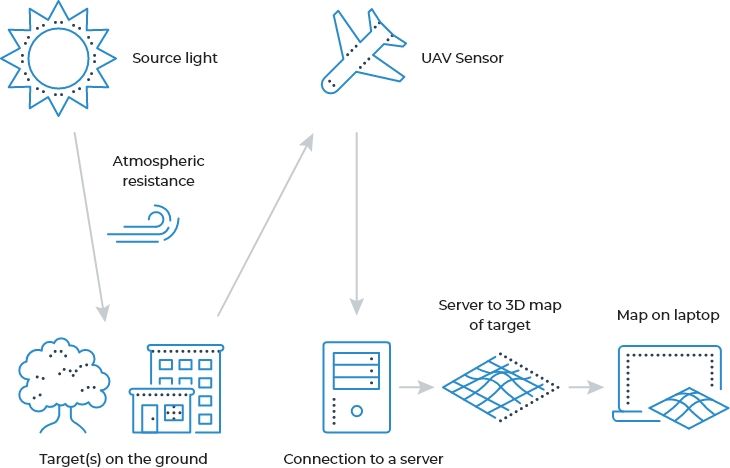
Photogrammetry and the electromagnetic spectrum
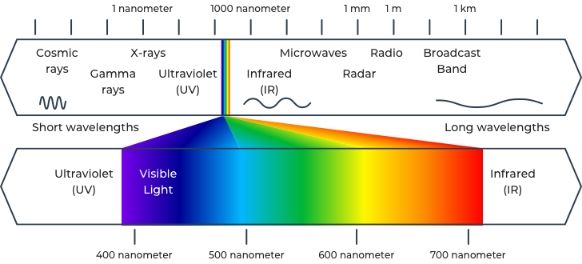
What is LiDAR?
How do photogrammetry and LiDAR stack up? Read our LiDAR vs photogrammetry blog post for more details.
Achieving clarity: image capture and building a drone flight plan
Common problems with orthomosaic maps
Drones should make planning flights for orthomosaic photogrammetry relatively easy. With expert drone pilots at the helm, image collection should involve little more than setting a flight path, launching the UAV, and performing quality assurance on images once they’re collected.
Too many gaps. Orthoimages need to overlap enough for processing software to create a comprehensive map, otherwise gaps, inaccuracies, and visual distortion occur.
Low detail. Poor lighting, bad weather, and out-of-date technology can lead to unfocused cameras that produce blurry images, vignetting, and distortions that reduce data quality.
Irrelevant images. Data sets that include nonessential views from outside established metadata parameters — for example, off-angle takeoff and landing images or images taken outside the target area — can introduce ambiguity into your map.
In order to produce high quality orthomosaic maps, you need a well-planned, professionally executed flight.
View tips for collecting high-quality images
How is resolution defined in photogrammetry?
What is spatial resolution?
What is temporal resolution?
What is spectral resolution?
Real-world applications for photogrammetry
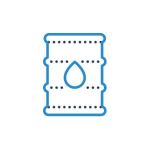
Oil & Gas
Aerial photography has been a staple in the oil and gas industry for decades. Commonly used to survey large areas for pipeline construction and inspection, many oil and gas firms also rely on airborne patrols to perform security on remote infrastructure.
Photogrammetry and AI have recently been used to streamline pipeline monitoring by automatically identifying environmental changes that are indicative of damage or leaks, helping to accelerate repairs and minimize the local impact.

Agriculture
Photogrammetry allows farmers to get a bird’s-eye view of their crops, so they can estimate production volume and identify problems like erosion, drought stress, and disease before they reduce profitability.
Farmers can also use detailed orthomosaic mapping to produce forecasts, track ecosystem shifts, streamline research, and provide verification for crop insurance.

Utilities
A canal or solar energy farm may occupy remote land hundreds of miles from the home office. That makes surveying property, monitoring equipment, and performing surveillance both time- and cost-prohibitive.
UAV photogrammetry can vastly cut down on the manpower and resources needed to keep people and infrastructure safe. Drones can be used to document erosion and invasive vegetation, monitor land changes, investigate damage, prevent vandalism and theft, and more.
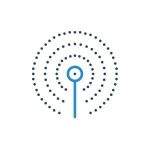
Telecom
UAV-mounted photogrammetry can be used to prepare power line workers and engineers for maintenance work and repairs before they arrive on site.
With a detailed repair plan in place, workers perform fewer unnecessary climbs and experience fewer surprises up on the tower—which helps to keep them out of harm’s way.
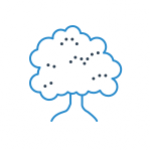
Environmental monitoring
The world is changing quickly in many places, and photogrammetry is proving to be a valuable tool in planning for land changes, pest infestations, invasive plant growth and more.
UAV is increasingly popular with first responders, who can use a view of on-the-ground conditions after a hurricane or tornado to strategize rescues and mitigate risk. Photogrammetry can also be used to track wildfire risk around potential ignition sources like power lines.
Of course, when it comes to photogrammetry use cases, we’re only seeing the tip of the iceberg! More use cases continue to emerge as drone and photogrammetry software becomes more widely accessible.
Get to know your photogrammetry software
Speed
Accuracy
Stability
Upload limits
User-friendliness
Where do we go from here?
In recent years, researchers have used photogrammetry to estimate lake clarity in China, to study penguins without disturbing their habitat, and even to gather fresh insights on flood plains in the Sahel, saving lives in the process. Only time will tell what other powerful things we will be able to accomplish with this technology.
Finding the right photogrammetry software is a big part of getting the results you need for your project.
Mapware is a revolutionary photogrammetry solution that is powerful enough for the biggest challenges and simple enough for any project.
Further reading from Aerial Applications:
Join our mailing list to stay up to date on the latest releases, product features and industry trends.
Mapware needs the contact information you provide to us to contact you about our products and services. You may unsubscribe from these communications at any time. For information on how to unsubscribe, as well as our privacy practices and commitment to protecting your privacy, please review our Privacy Policy.